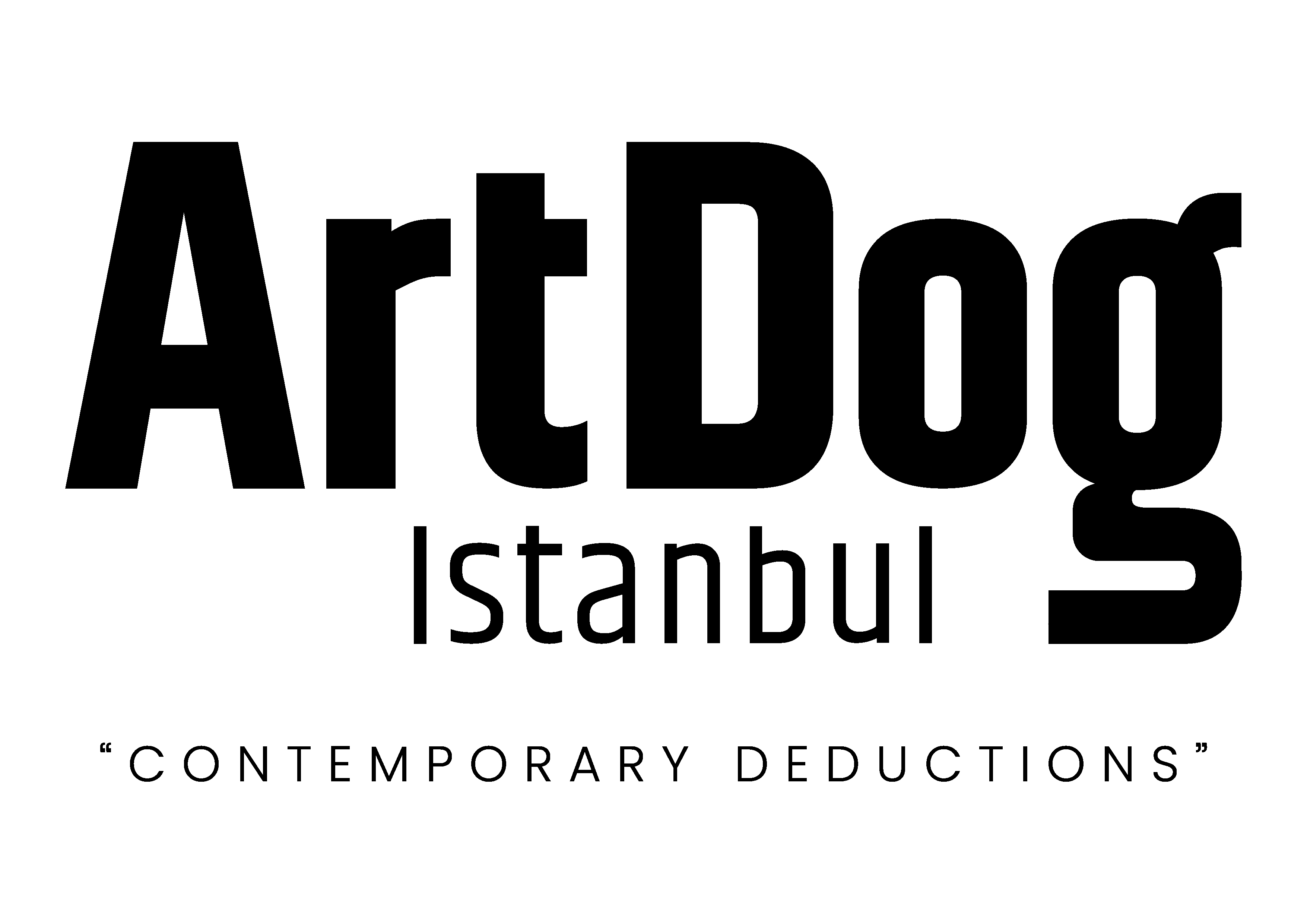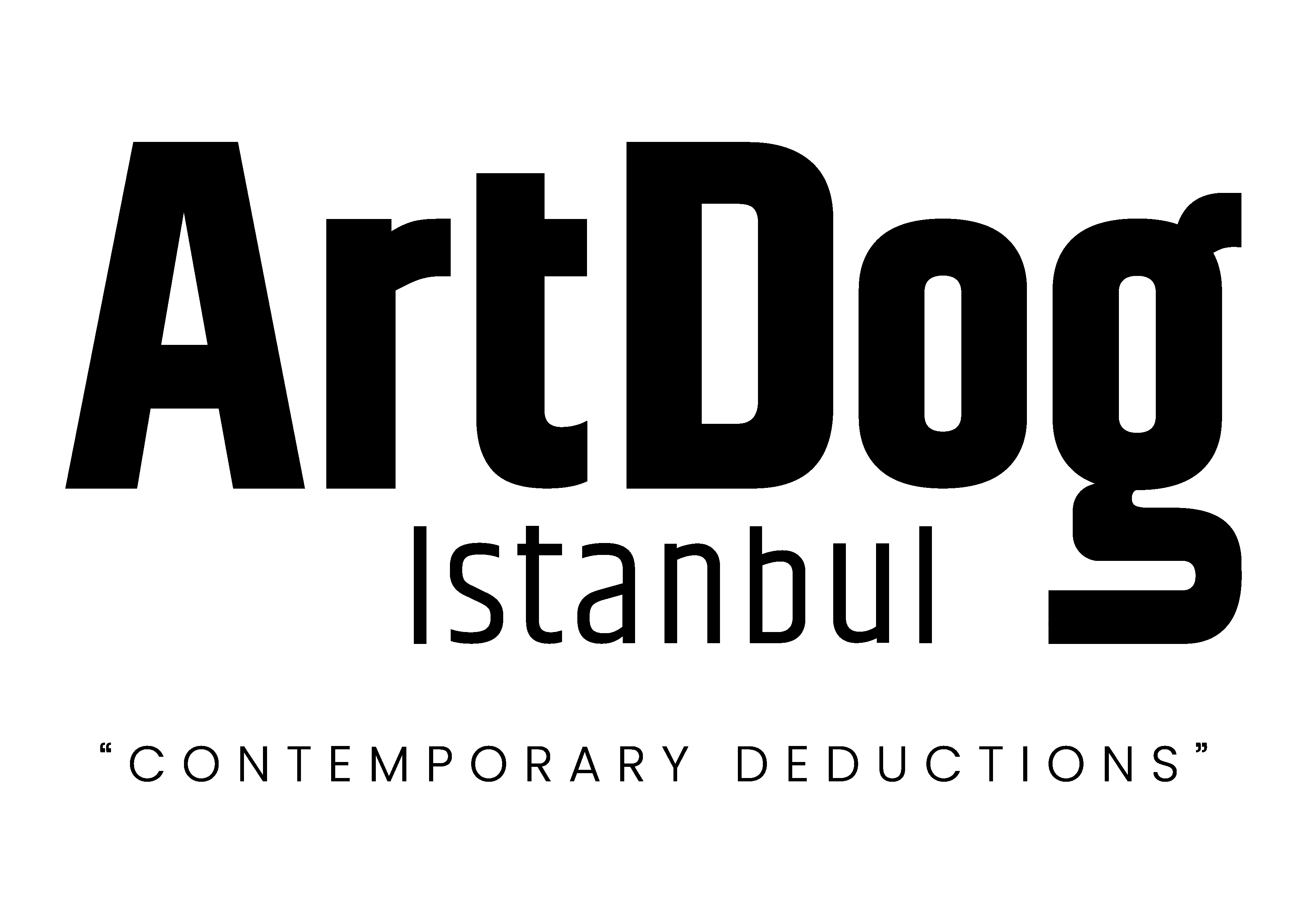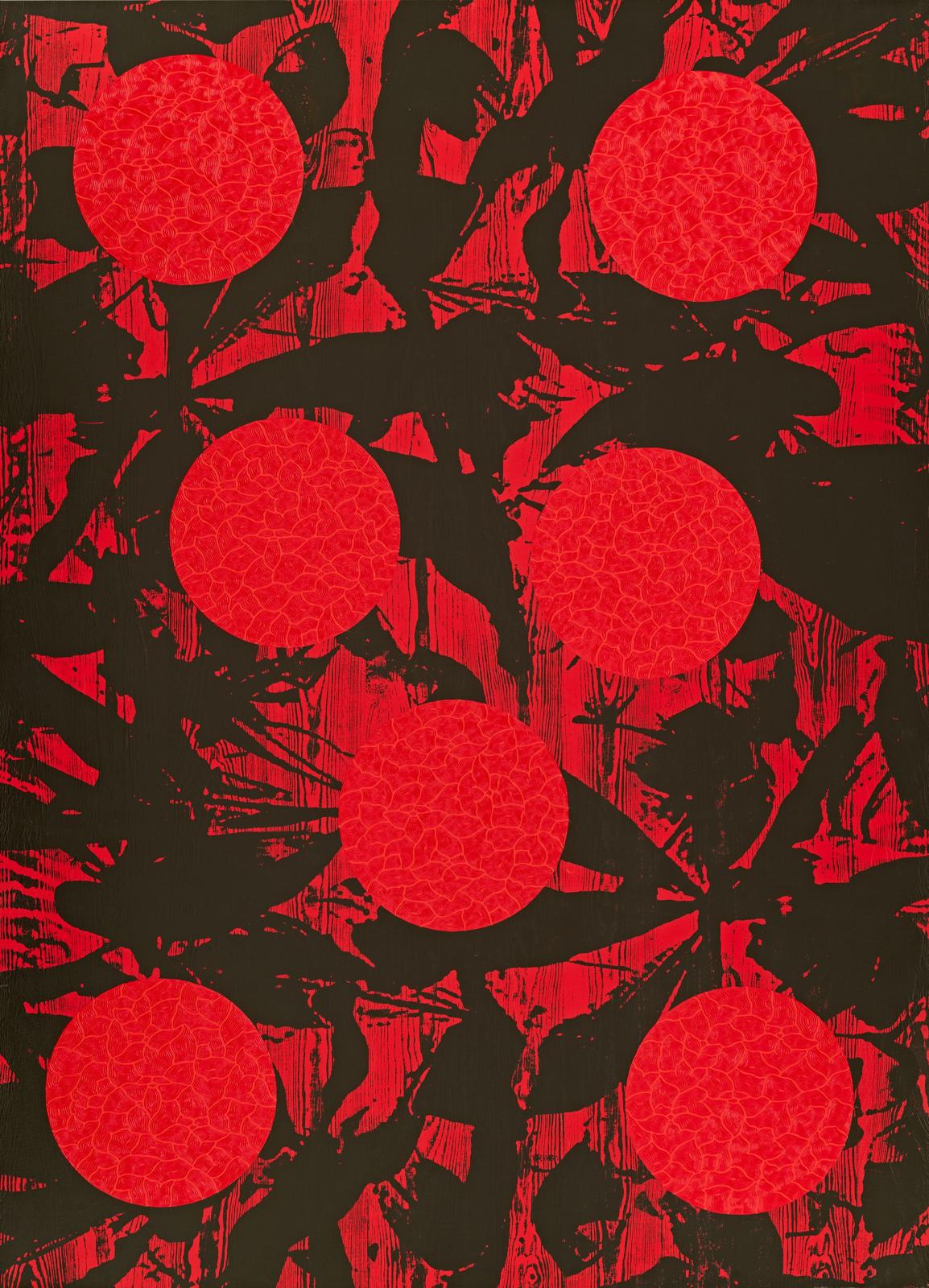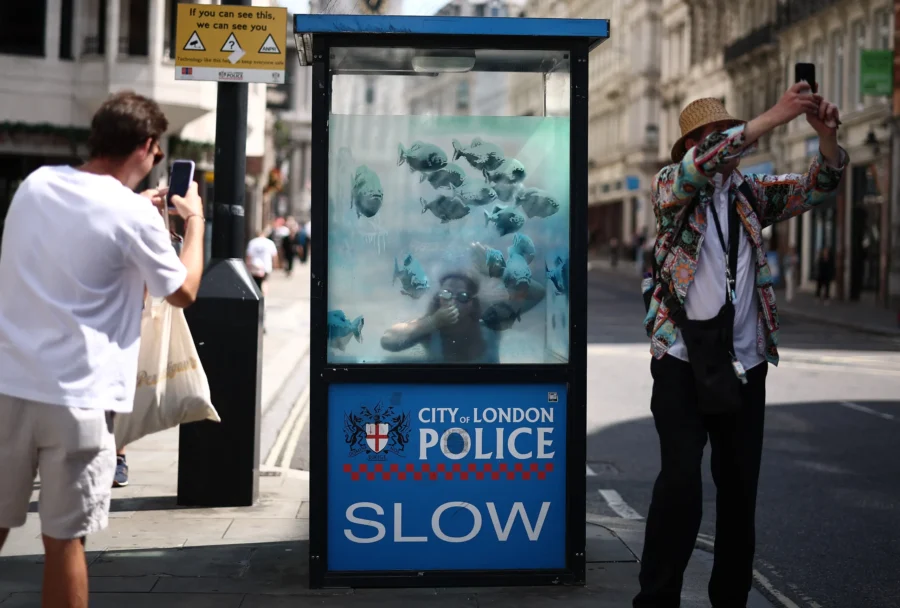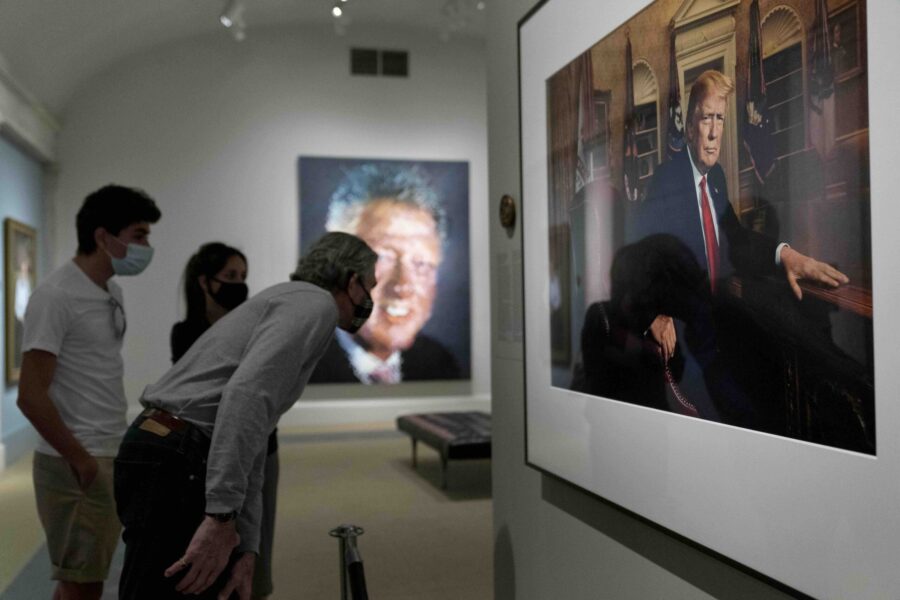
Donald Trump has begun exerting political pressure on one of America’s leading cultural institutions, the Smithsonian; themes of history and inequality in the museums are being targeted by the administration.
The Trump administration has set its sights on the Smithsonian Museums, one of the most comprehensive archives of American history and culture. According to a White House document, seven of the institution’s museums are under particular scrutiny; this list includes collections dedicated to Latin, African, and Asian art. Trump claims that the museums present American history and culture through the lens of social inequality and historical injustices.
The document cites examples such as linking Benjamin Franklin’s scientific achievements to slave ownership and a film about George Floyd’s death allegedly portraying police misconduct inaccurately. A White House official stated that Trump is considering “all options” to have such content removed and to ensure that the museums fulfill their responsibilities.
Trump described the Smithsonian on social media as “out of control”: “It’s all about showing how terrible the country was, how disastrous slavery was, and how unsuccessful the oppressed were. There’s nothing about achievement, enlightenment, or the future.”
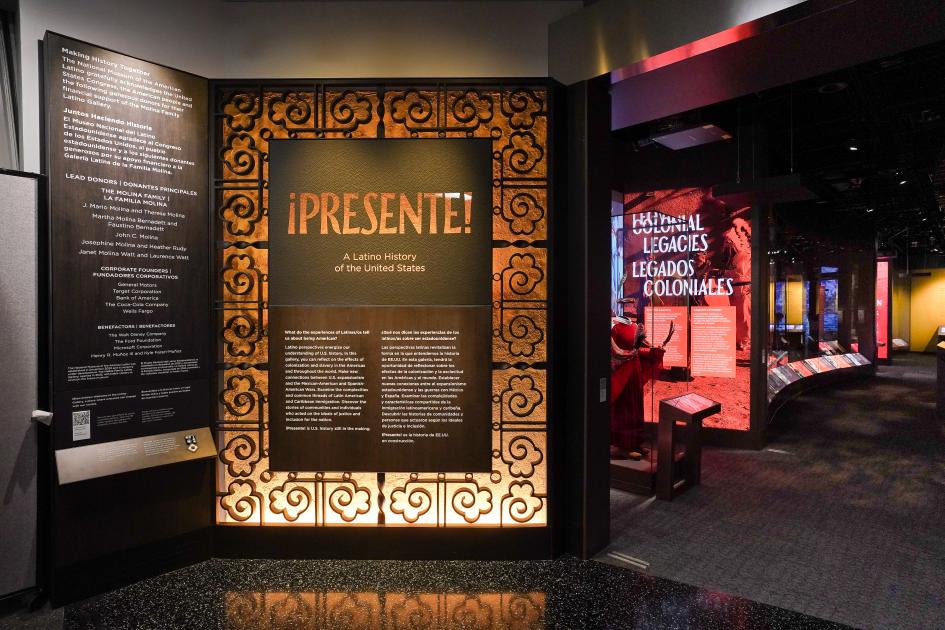
Targeted Museums and Exhibitions
Museums under review include the National Museum of American History, National Museum of the American Latino, National Museum of Natural History, National Museum of African Art, National Portrait Gallery, Smithsonian American Art Museum, and Freer Gallery of Art & Arthur M. Sackler Gallery (Asia Art Museum). The White House argues that the exhibitions in these museums focus on oppression and exploitation rather than celebrating American achievements.
For instance, the ¡Presente! Latin history exhibition at the National Museum of American History has been criticized for addressing land taken from Mexico in 1848 and the effects of colonization. The National Portrait Gallery was targeted for highlighting the Chinese Exclusion Act and other discriminatory laws. Similarly, a George Floyd film at the National Museum of African Art and exhibitions at the Freer Gallery of Art / Arthur M. Sackler Gallery (National Museum of Asian Art) were placed under review for comparable reasons.
This move is seen as a continuation of the administration’s pressure on universities, now extending into museums. In the past, many universities had to pay hundreds of millions of dollars and roll back diversity programs to comply with government demands.
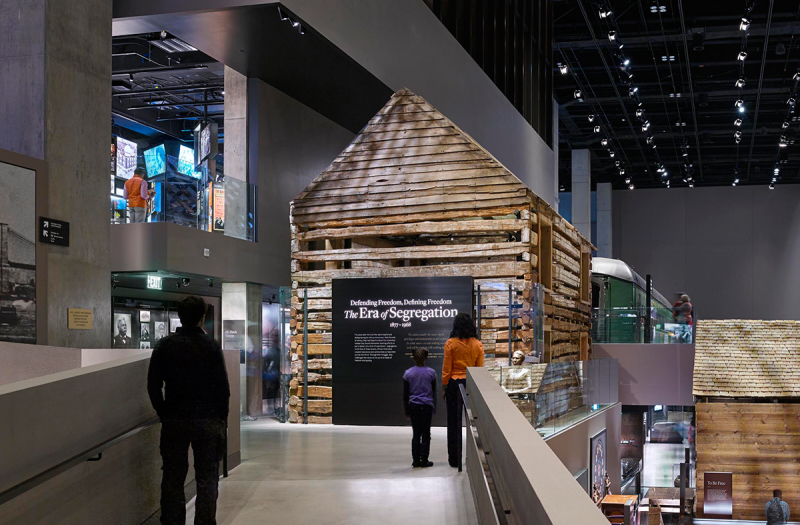
Smithsonian’s Response and Academic Independence
Smithsonian Secretary Lonnie Bunch emphasized the institution’s academic independence and scientific integrity. Bunch stated, “The Smithsonian can update its collections in light of new discoveries, but the accuracy of research and science does not change. Our goal is to help the nation better understand its past and to make scientific knowledge accessible to the public.”
However, Trump appears determined to extend the same pressure he applied to universities to the Smithsonian. By threatening federal budget cuts to align museums with his agenda, this approach highlights the tension between American cultural institutions and far-right politics. Civil society organizations, including Black Lives Matter, have criticized Trump’s move as an attempt to make slavery and historical injustices invisible and to trap the country in a version of history disconnected from reality.
Although the Smithsonian receives funding from Congress, it continues to operate as an independent institution in decision-making. Nevertheless, this targeted review raises questions about the role of American cultural institutions in addressing history and social justice, and underscores the vulnerability of the cultural sector to political pressures.



